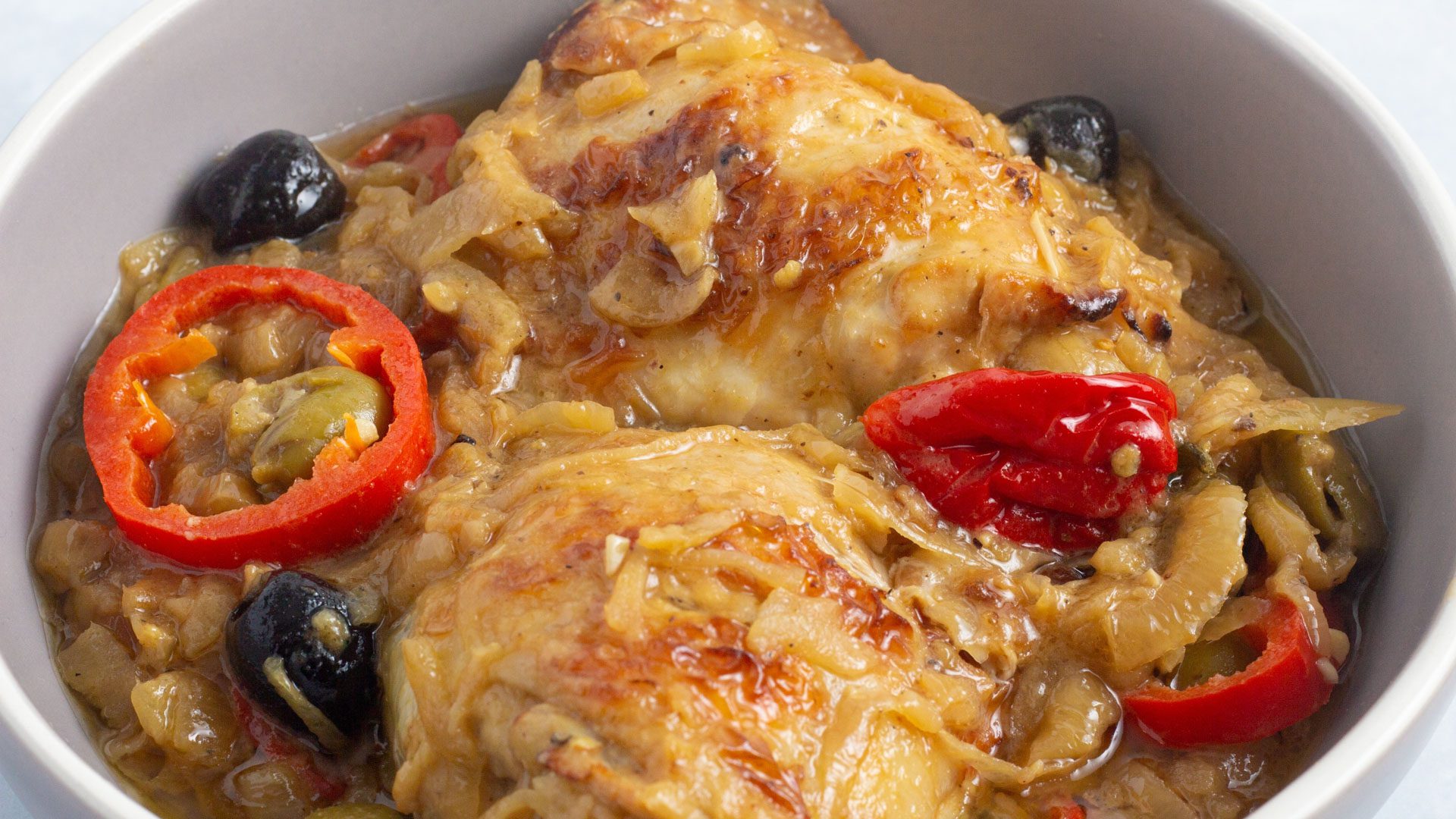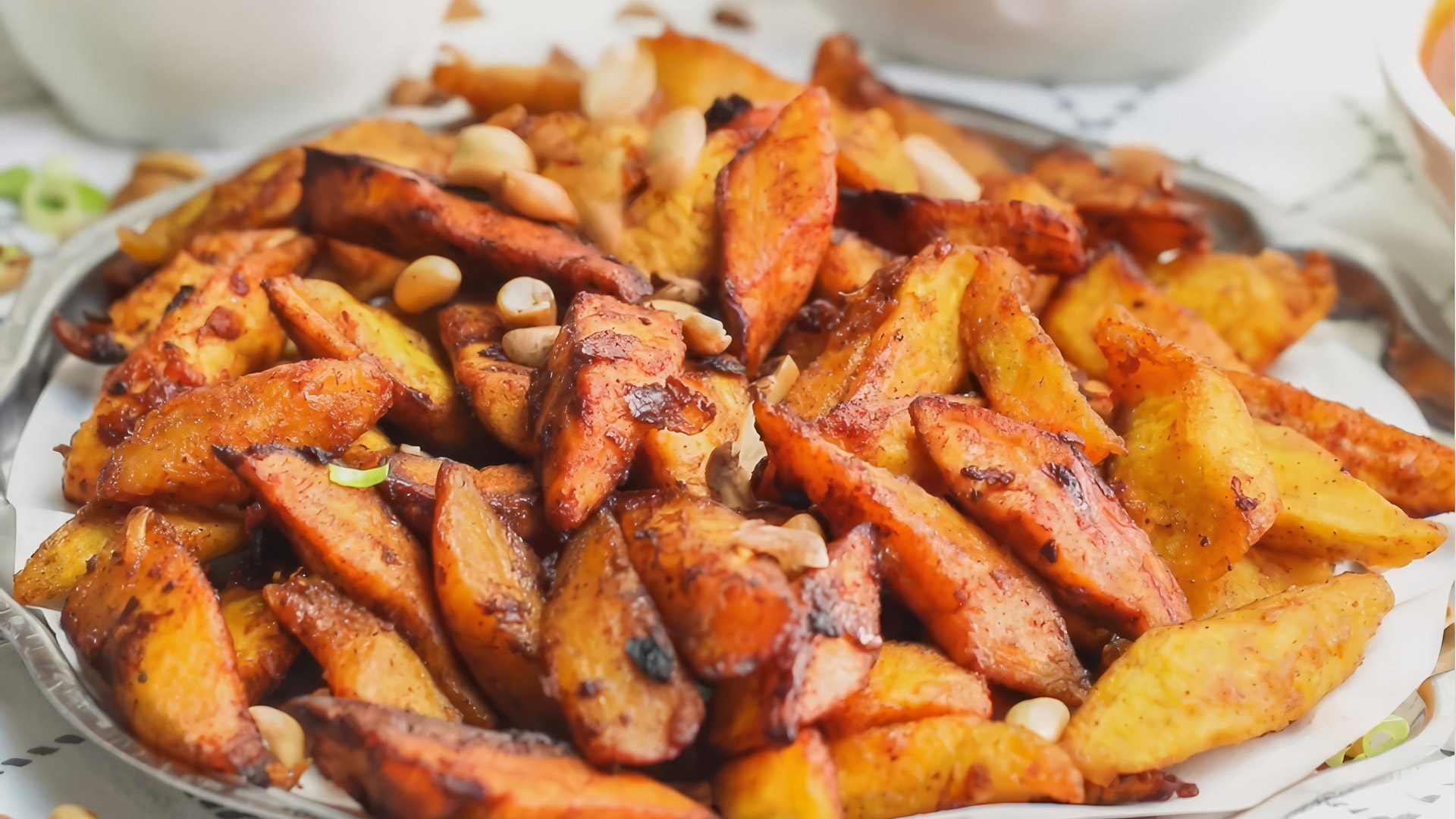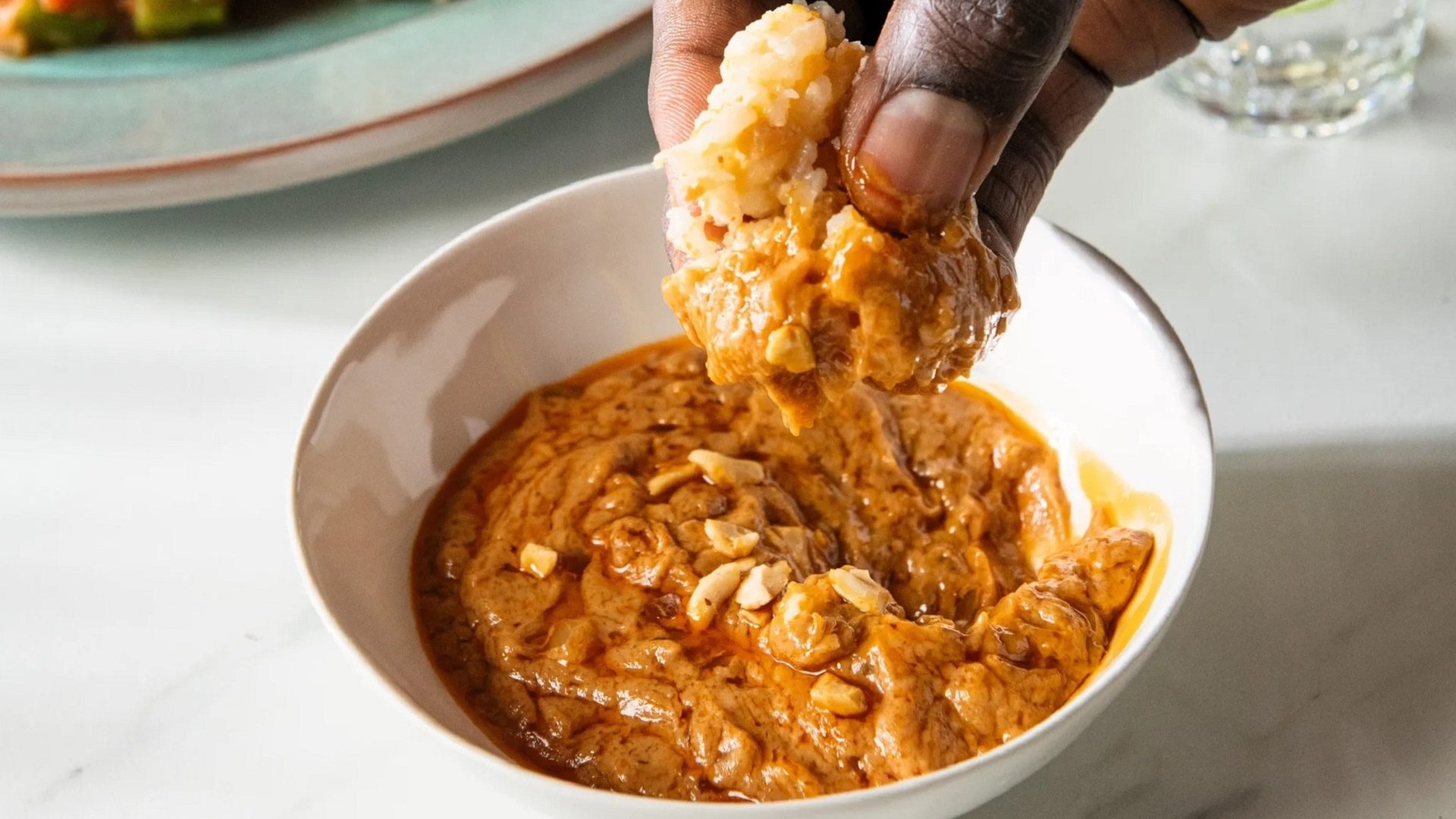Experiencing the native meals scene when travelling is vital to unlocking a deeper understanding of any tradition. That is particularly so in West Africa, the place a wealthy culinary heritage is central to the area’s cultural id.
West African delicacies displays the area’s eventful historical past spanning millennia and its numerous topography – encompassing every little thing from dense emerald-green mangroves, expansive lagoons and glittering wetlands to the drier sun-bleached areas and pulsing city neighbourhoods. Culinary traditions exhibit the revered intimacy between communities and their land and the progressive spirit of the native folks.
To expertise West African meals is to expertise the philosophies that outline and unite many West African cultures. Totally different meals have their very own cultural significance, enjoying an necessary position in social rites, ceremonies and customs. From the standard kola nut, introduced to friends as a logo of hospitality from Benin to Sierra Leone, to log-like yams gifted to symbolise power and/or fertility, West African meals reveal extra insights into the cultures behind them.
What to anticipate from West African dishes
Whereas there are regional nuances, commerce and motion between communities – which spans colonial borders – and the abundance of sure components throughout the area signifies that there are parallels between the cuisines of West African international locations.
Starchy staples like rice, fleshy and tuberous yams and cassava, plantain and millet cement many meals. These may be pounded into submission to kind fluffy, billowy folds, whisked into clean, creamy porridges, boiled, steamed or fried. Native greens, such because the leaves of root greens or all kinds of amaranths, are stirred into nutritious, pulpy stews. Contemporary and dried seafood, in addition to beef, lamb, hen and guinea fowl, are widespread additions.
Purple peppers and tomatoes improve the candy earthiness of widespread West African dishes like Ghanaian pink pink (creamy stewed native beans) or mtopo mtopo (a chunky, brothy yam pottage). Spices like warming calabash nutmeg and peppery uziza, and ferments akin to ogiri (fermented oil seeds) give West African dishes their ultra-savoury, advanced flavour profile. Whereas dessert isn’t a significant element of the eating tradition, these with a candy tooth ought to look out for treats akin to rice pudding-like caakiri made with native grains and yoghurt, or cooling akpan – fermented maize blended with condensed milk and ice.
Listed here are eight conventional meals and drinks to strive throughout your travels throughout West Africa on Intrepid’s new journeys via Senegal and The Gambia and Benin, Togo and Ghana.

1. Yassa (Senegal, Gambia)
A signature Senegambian dish, yassa is liked for its vibrant and zesty flavour. Hen (or generally fish or lamb) is cooked with a beneficiant quantity of treacly caramelised onions, in addition to citrus and mustard. It’s normally paired with rice, to enrich its full-bodied style, and dotted with olives for an additional smack of brininess. Loved as a household favorite, you’ll discover yassa at most native eating places, particularly throughout Dakar’s thrumming neighbourhoods.
2. Bissap (Senegal, Togo, Gambia) / Sobolo (Ghana)
Bissap is a refreshing drink made by steeping dried hibiscus with sugar, water, citrus fruits and warming spices akin to clove and cinnamon. Sometimes loved chilled, it has an invigorating and barely tart, berry-like flavour and is definitely recognized by its deep beetroot color. Bissap is discovered throughout West Africa; as an example, it is called sobolo in Ghana and zobo in Nigeria. You may give it a sip at avenue stalls and native bars, or discover it infused into artistic mocktails and cocktails at fashionable, higher-end spots.


3. Kelewele and kebabs (Ghana)
Kelewele is a well-liked avenue meals comprised of items of very ripe, candy and sticky plantain marinated with a spirited mix of ginger, garlic and chilli, after which fried till honey-brown. This snack or aspect dish is usually paired with skewered grilled meat – normally beef. You’ll discover kelewele sputtering in oil and kebabs being turned over jolting flames at many roadside stalls throughout Accra.
4. Thieboudienne (Senegal)
Thieboudienne is considered the crown jewel in Senegal‘s numerous and vibrant culinary tradition. Drawing from the pure abundance of seafood throughout the coast of Senegal, the dish sees a recent, native catch – normally a white fish – simmered with a rainbow of greens akin to silky aubergine and blended bell peppers and rice. A mix of tomato, scotch bonnet and aromatics like inexperienced and white onion add depth, and tamarind is usually used so as to add a energetic, tangy kick.
Sometimes served in beneficiant bowls to be loved in teams, thieboudienne has come to symbolise the Senegalese ethos of teranga – a philosophy of sharing and having fun with time with others, whether or not family members or new connections. Tuck right into a bounteous thieboudienne at Dakar’s markets, or at native eating places – no-frills joints and smarter spots alike.


5. Mafe (Senegal) / Domoda (The Gambia) / Nkatenkwan (Ghana)
Senegalese mafe, or Gambian domoda, is a lush and buttery peanut stew. It usually contains tomato, peppers, succulent items of hen, beef or lamb, in addition to root and leafy greens to boost the hearty stew’s nutty, savoury and subtly spicy flavour. Variations of peanut stews starting from soupier to extra unctuous textures are widespread throughout West Africa, together with, for instance, Malian tigadèguèna. The Togolese rendition is called asindessi and in Benin it’s known as aziin nusunnu.
Typically eaten as a weekend deal with, peanut stew is served alongside rice, millet or rice dough, or fufu (pounded starchy root vegetable), making for a strong and comforting meal. For a extra conventional expertise, get pleasure from it spooned recent from a effervescent vat at native informal eating places.
6. Sodabi (Benin, Togo) / Akpeteshie (Ghana)
Sodabi is an alcoholic spirit distilled from the fermented sap of palm bushes. A harmonious mix of candy, fruity and festive spice flavours, it may be unsuspectingly potent (you’ve been warned!), although the alcohol content material varies relying on the distillation course of used. The spirit has been imbibed for hundreds of years throughout West Africa (a preferred Nigerian selection is called ògógóró) and has a historical past as warrior’s drink.
You’ll discover a bottle on the desk at most social gatherings, because it’s the tipple of option to toast to good occasions and commemorate celebrations and rites of passage. It additionally performs an necessary position in some non secular and non secular ceremonies, the place it may be used to forged away evil spirits or supplied as a present to the deceased to assist maintain them content material within the afterlife.
Pleasantly drinkable with a mild, syrupy burn within the abdomen, you possibly can get pleasure from sodabi neat as an aperitif or digestif at an area bar or restaurant, or sip on highballs with tropical notes blended with premium homegrown sodabi manufacturers at cocktail bars.


7. Kenkey and fish (Ghana)
Kenkey is comprised of fermented corn dough, therefore its distinctive, barely puckery kick. It’s eaten throughout Ghana however is particularly widespread in coastal areas as it’s historically paired with crispy, salty, fried fish – in addition to a fiery pink pepper sauce. You’ll discover distributors that specialize in kenkey providing this ubiquitous dish. It’s additionally a preferred menu merchandise at ‘chop bars’ (informal roadside joints which take their identify from the native pidgin time period for ‘eat’).
8. Gbomo dessi (Togo)
This nutritious Togolese tomato-based stew is full of spinach or native leafy greens. it’s simmered with onions, garlic, chillies and the indigenous unrefined pink palm oil (to not be confused with non-local, industrial palm oil) that perfumes almost all West African dishes with its nutty and floral tang.
The stew is normally additional seasoned with gbotemi – a aromatic Togolese spice mix that mixes toasted and finely floor cloves, anise, carom, ginger and cardamom, leading to a distinctly fragrant flavour profile. Hen, beef, shrimp, crab or smoked fish will also be added, and it’s normally served with both rice, or akoumé or ablo (steamed dumplings comprised of millet, rice, corn and/or cassava flours) for an undoubtedly satisfying dinner.
Take your style buds on a journey via Senegal & The Gambia or Benin, Togo & Ghana with Intrepid’s new West Africa journeys. Discover out what else is new in Africa and past for 2025 with The Items.

